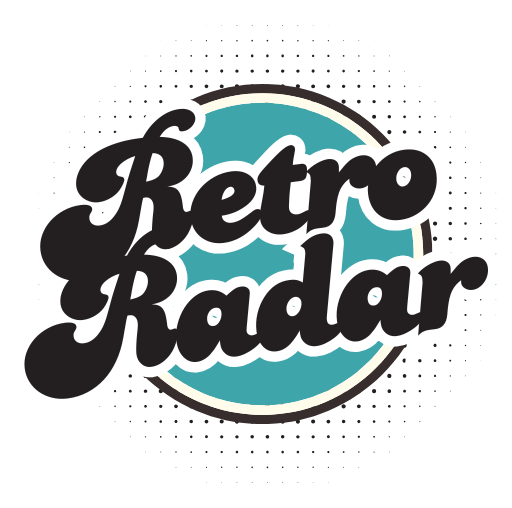25 Things Found in Any American Household in the 1950s
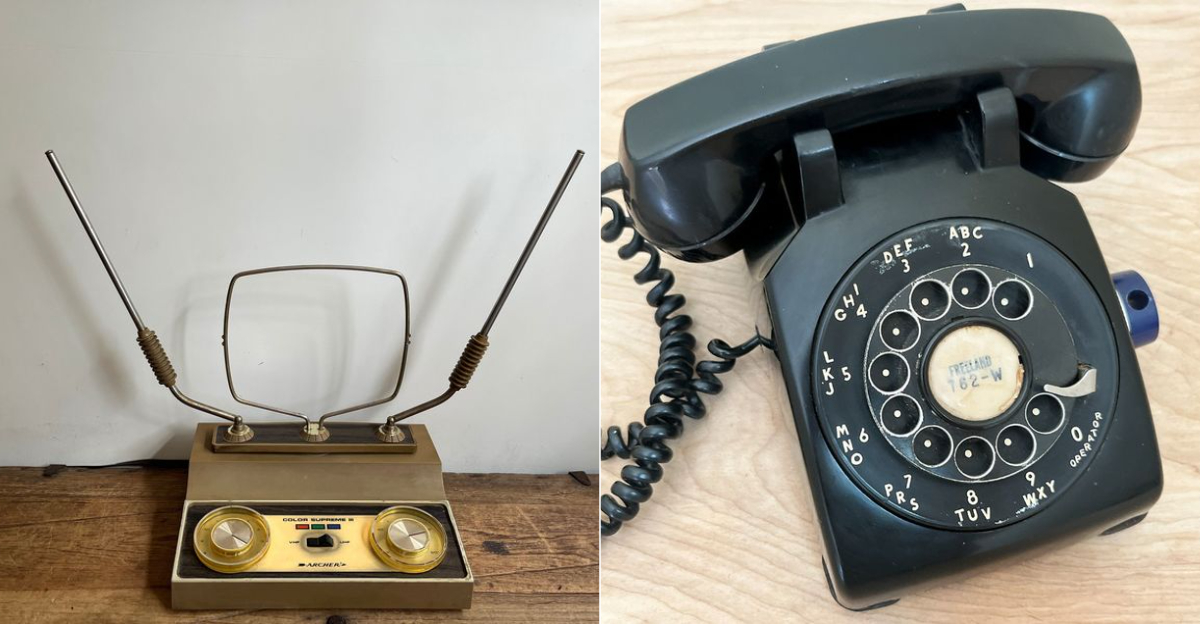
The 1950s radiated post-war optimism, filling U.S. homes with items that captured a time of innovation and tradition. Kitchens, living rooms, and bedrooms brimmed with now-vintage objects that shaped daily life during this vibrant decade.
From quirky gadgets to cherished entertainment devices, these belongings weave a vivid tale of a transformative period in American culture.
1. Rabbit Ear Antennas
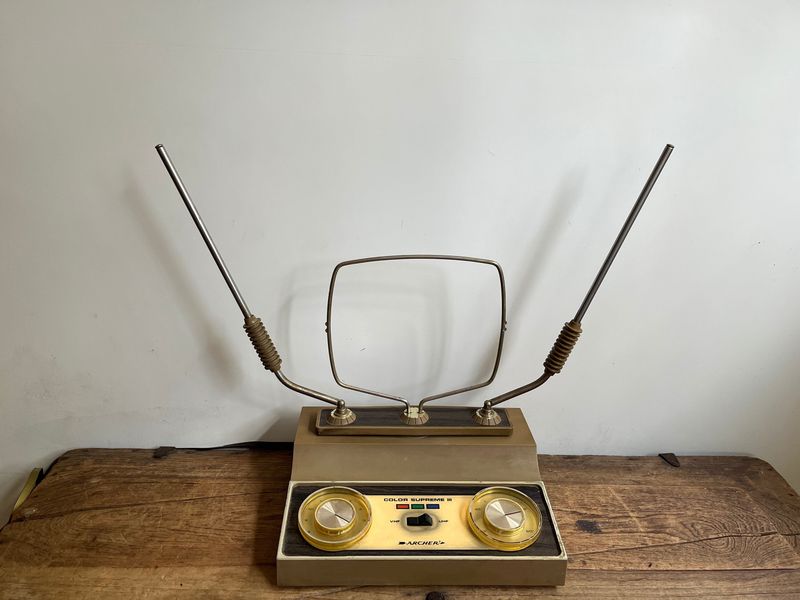
Those V-shaped metal rods perched atop television sets were as essential as the TV itself. Constantly adjusted for better reception, they became an impromptu family activity whenever storms rolled in or signals weakened.
My uncle Fred was known as the ‘antenna whisperer’ in our neighborhood. He’d stand with one hand on the rabbit ears, one foot raised, and somehow magically clear the static just in time for I Love Lucy.
2. Rotary Dial Telephone
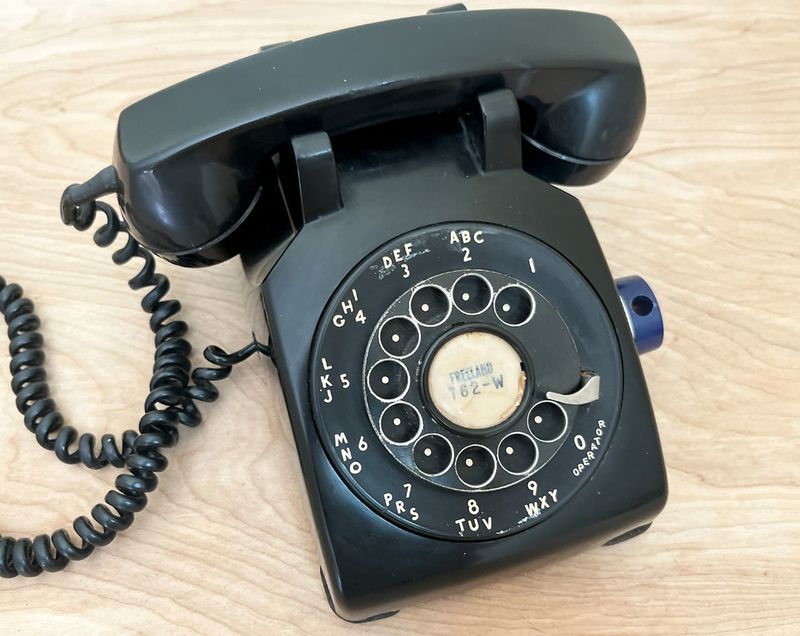
Heavy as a brick and usually black, the rotary phone was the household communication hub. The satisfying click-click-click as you dialed each number created a rhythm all its own, teaching patience with every call.
Long-distance calls were special occasions, announced to the whole family. The longer cord models were prized possessions, allowing lucky owners to stretch the receiver into closets for private teenage conversations.
3. Metal TV Dinner Trays
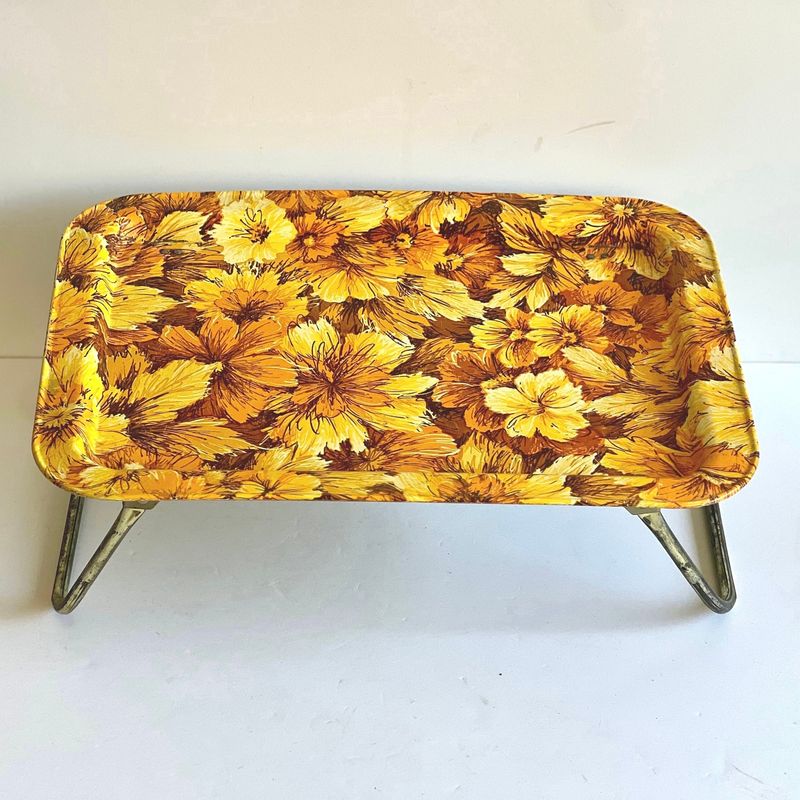
Aluminum trays with neat compartments changed mealtime, letting families savor shows alongside their meals. Salisbury steak stayed separate from corn and cobbler. Our set of four, with folding legs, emerged for special nights.
Eating pot roast while watching Elvis on The Ed Sullivan Show felt grown-up, though Dad nearly spilled his tray at Elvis’s swivel.
4. Chrome Toasters
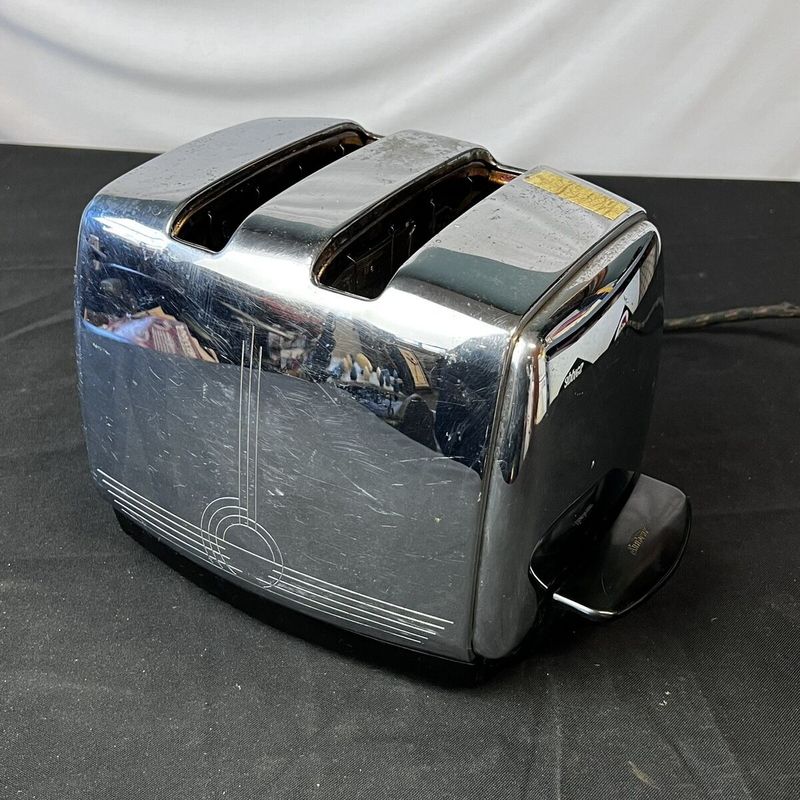
Gleaming chrome toasters with mechanical timers were kitchen counter showpieces. That satisfying ‘pop’ when toast jumped up was the soundtrack to countless American mornings.
These weren’t just appliances but works of art, with rounded edges and streamlined designs reflecting the era’s love affair with futuristic styling. Many households kept theirs polished to a mirror finish, proud evidence of modern living.
5. Vinyl Records
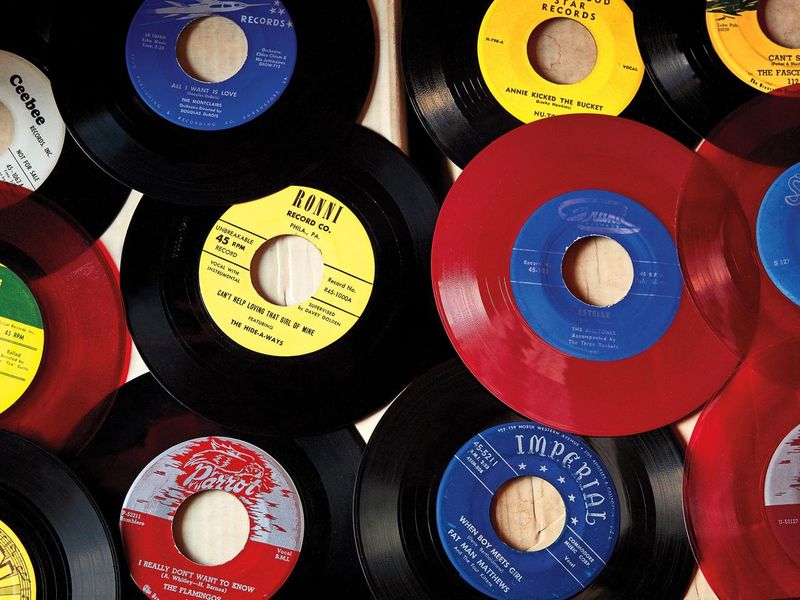
Those large black discs spinning at 33⅓ or 45 RPM delivered music before cassettes or CDs existed. Families built impressive collections, displayed in special cabinets near record players.
Each album required careful handling to prevent scratches. The ritual of cleaning the vinyl, placing it gently on the turntable, and positioning the needle just right was practically a sacred ceremony in music-loving homes.
6. Metal Ice Cube Trays
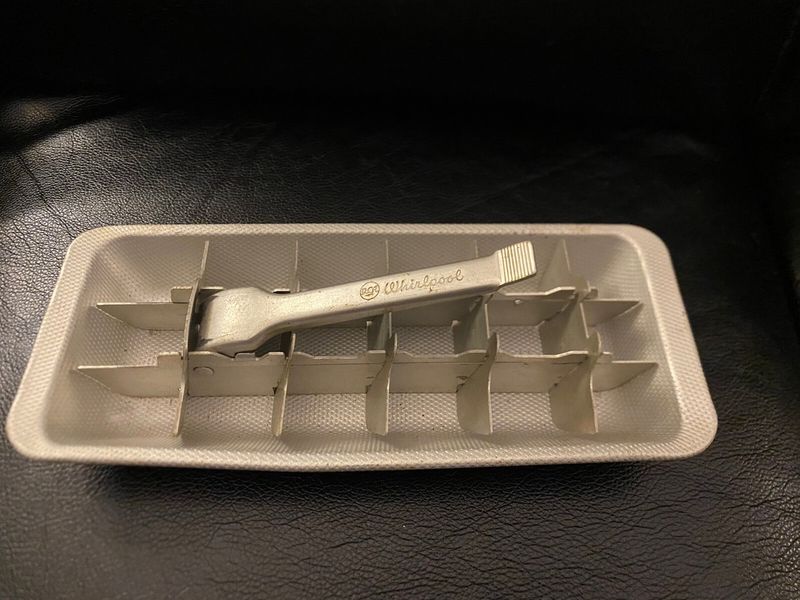
Before automatic ice makers, these aluminum trays with pull-up levers were how you made ice. Filling them without spilling was an art form, and the satisfying crack when pulling the lever to release the cubes was oddly gratifying.
The worst household crime was returning an empty tray to the freezer. My father would lecture for a solid ten minutes if he found one—”Do you think ice just magically appears?” became his catchphrase during summer heatwaves when our lemonade consumption skyrocketed.
7. Sewing Machine
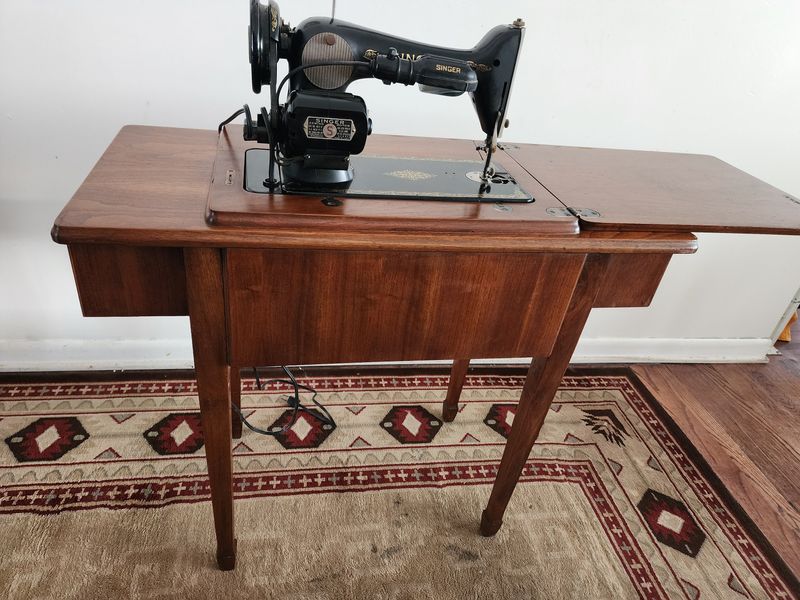
Singer machines, often in wooden cabinets, hummed in nearly every home, crafting clothes and curtains. Beyond utility, they symbolized self-reliance. Mothers taught sewing with the gravity of culinary lessons.
The foot pedal’s whir, a steady pulse, signaled someone was weaving something new and personal.
8. Encyclopedia Set
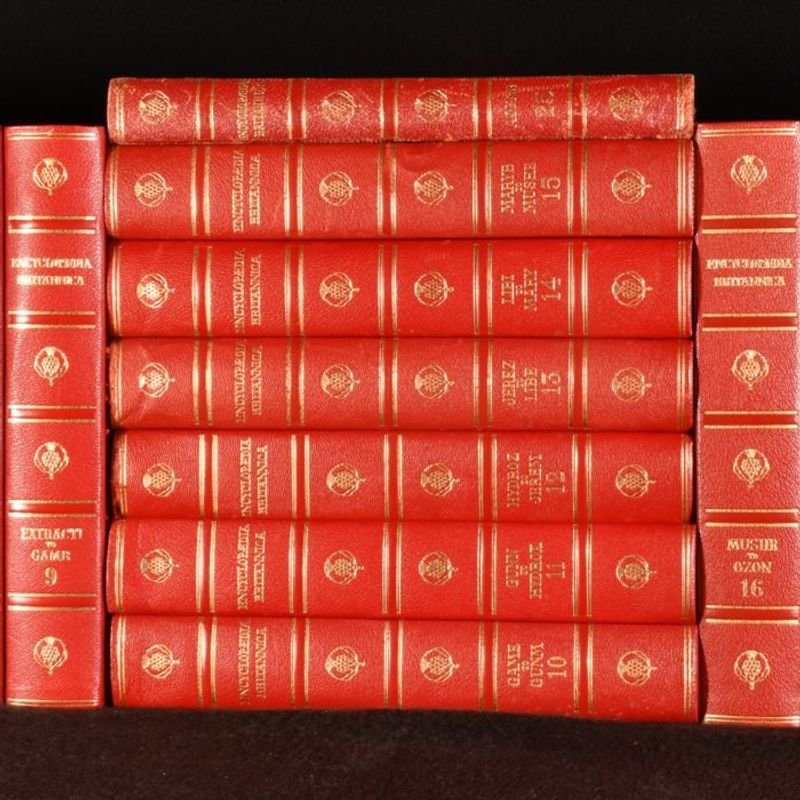
Before the internet, leather-bound Britannica or World Book volumes graced bookshelves, a hefty investment in knowledge. Our family saved three years for our 24-volume set.
Dad, beaming, called it his proudest purchase when the salesman delivered them. Homework transformed, with the world’s facts suddenly within reach.
9. Cigarette Boxes
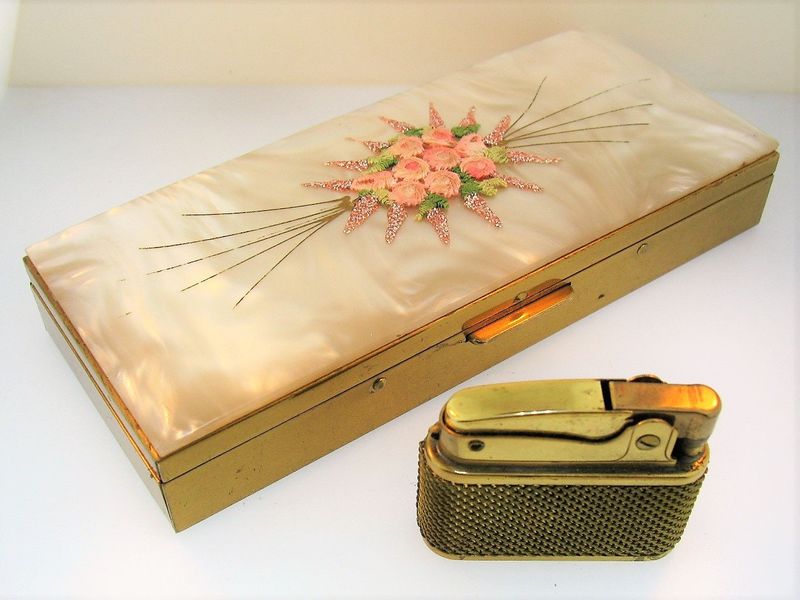
Decorative boxes and special table lighters were proudly displayed in living rooms, reflecting an era when smoking was socially acceptable and even fashionable. These weren’t hidden away but showcased as part of home decor.
Crystal, silver, or wooden cigarette boxes often matched ashtrays and lighters in elaborate sets. Offering a cigarette to guests was as common as offering coffee, with specialized accessories elevating the habit to a sophisticated social ritual.
10. Transistor Radios

These pocket-sized miracles brought music and news wherever you went. Teenagers treasured these personal devices, often listening through a single earpiece to catch the latest hits from Elvis or Buddy Holly.
Unlike today’s private listening, transistor radios often became social focal points. Families gathered around them for baseball games, while teens huddled together at the beach, sharing music from a single speaker.
11. Card Tables
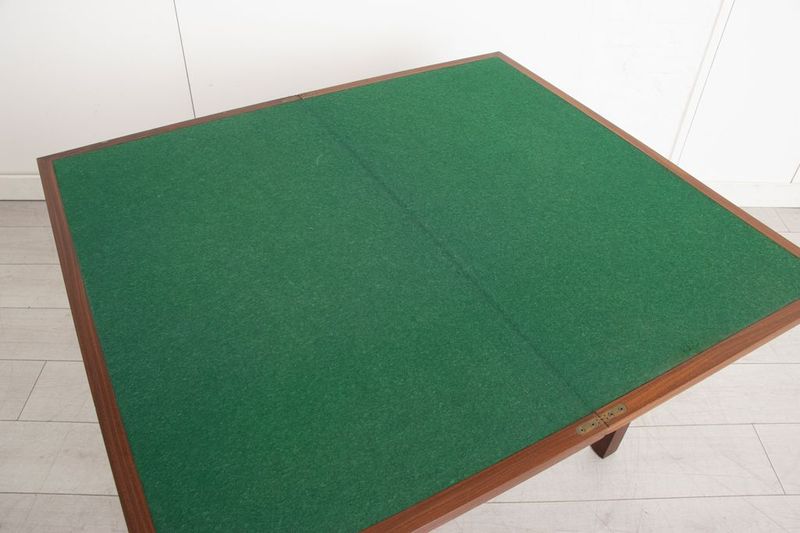
Folding tables appeared for bridge, holiday seating, or puzzles, versatile staples for social moments. Ours bore Canasta battle scars and cranberry stains.
When Dad unfolded it, anticipation built—whether for fierce card games or a kids’ table at Thanksgiving, something lively was coming.
12. Ironing Boards
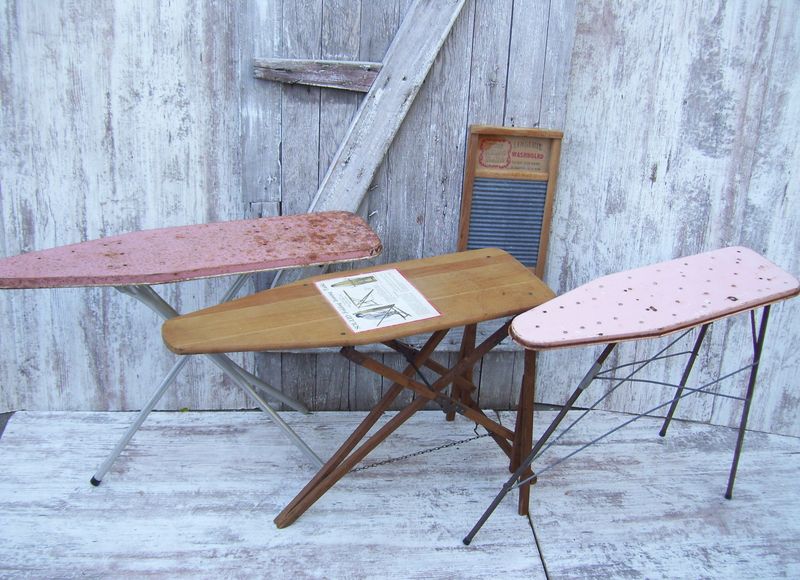
Permanently set up in many homes, ironing was a weekly ritual that could take hours. The padded board with its heat-resistant cover stood ready for the pressing of everything from shirts to sheets.
The rhythmic back-and-forth motion and hissing steam created a meditative soundtrack in many households.
Children learned to navigate around the board, which often occupied valuable kitchen or living room space for days at a time, a testament to the importance placed on wrinkle-free presentation.
13. Betty Crocker Cookbook
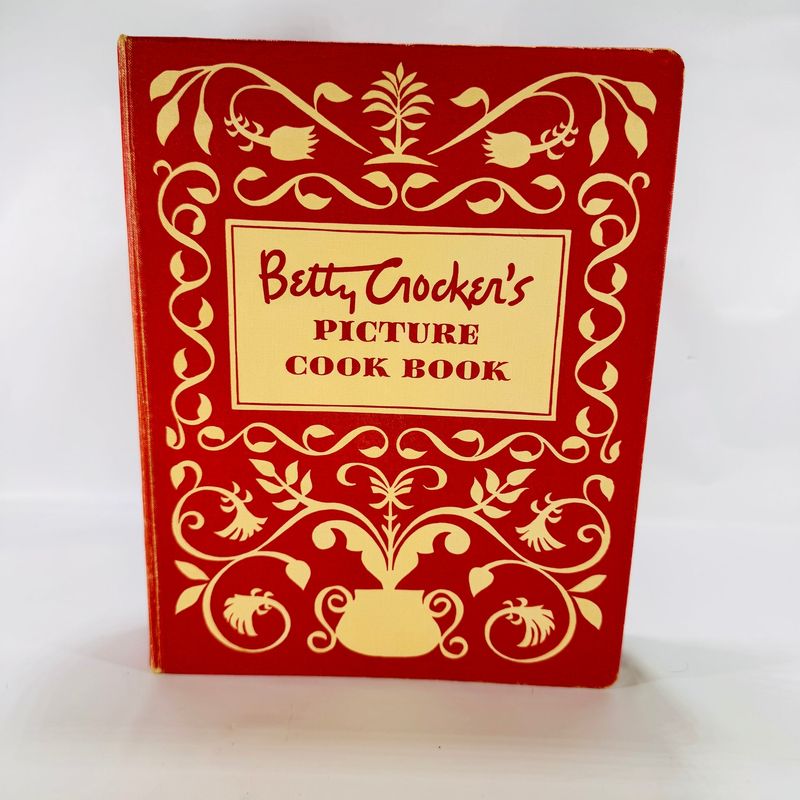
That red-and-white checked cookbook was the kitchen bible for a generation of American homemakers. Dog-eared pages and food stains marked favorite recipes that became family traditions.
These weren’t just recipe collections but comprehensive guides to running a household. Many copies were handed down through generations, complete with handwritten notes in margins—”John likes more cinnamon” or “Try with brown sugar instead.”
14. Telephone Bench
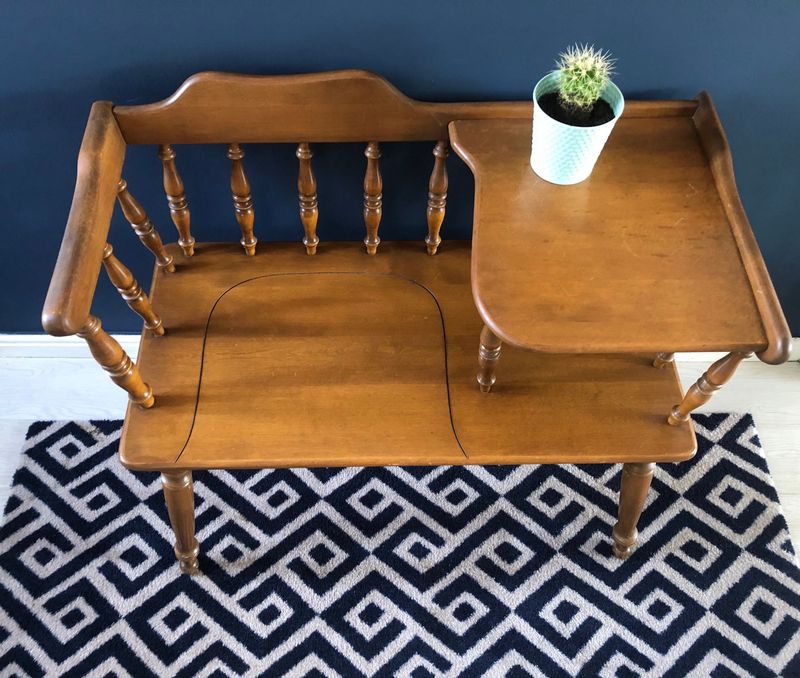
These clever furniture pieces combined seating with phone storage, often featuring a small shelf for directories and message pads. Usually positioned in hallways, they created a dedicated spot for family communications.
Our telephone bench had a flip-top seat that stored phone books underneath. I remember watching my mother perch there for hours during her weekly calls to Grandma, twirling the cord while catching up on family news.
That little bench heard more secrets and celebrations than any other furniture in our house!
15. Melmac Dinnerware
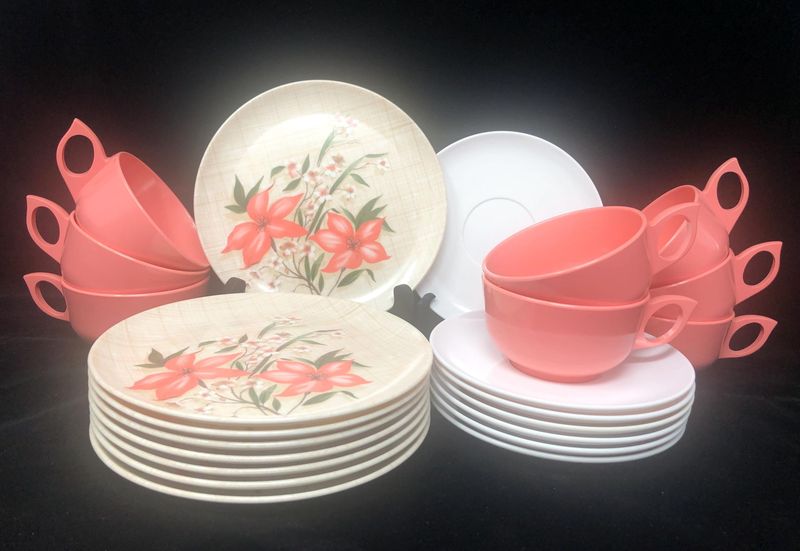
Virtually unbreakable and available in rainbow colors, Melmac plates and bowls brought affordable style to everyday meals. These melamine plastic dishes replaced fragile china for daily use in millions of homes.
The pastel colors and modern designs perfectly matched the optimistic post-war aesthetic. Lightweight yet durable, these dishes survived countless family dinners and picnics.
The distinctive hollow sound they made when set on tables became part of mealtime’s ambient soundtrack.
16. Venetian Blinds
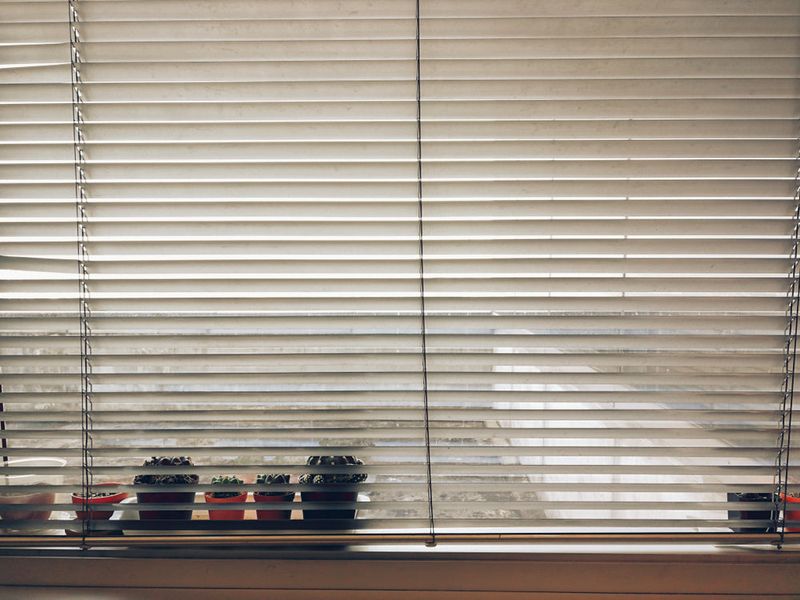
Aluminum slats with pull cords covered windows, their clattering rise a distinct sound. Dusting each slat was my dreaded Saturday chore, though tilting them for perfect light felt rewarding.
These blinds balanced practicality and aesthetics, a near-universal feature of the decade’s homes.
17. Cocktail Cart
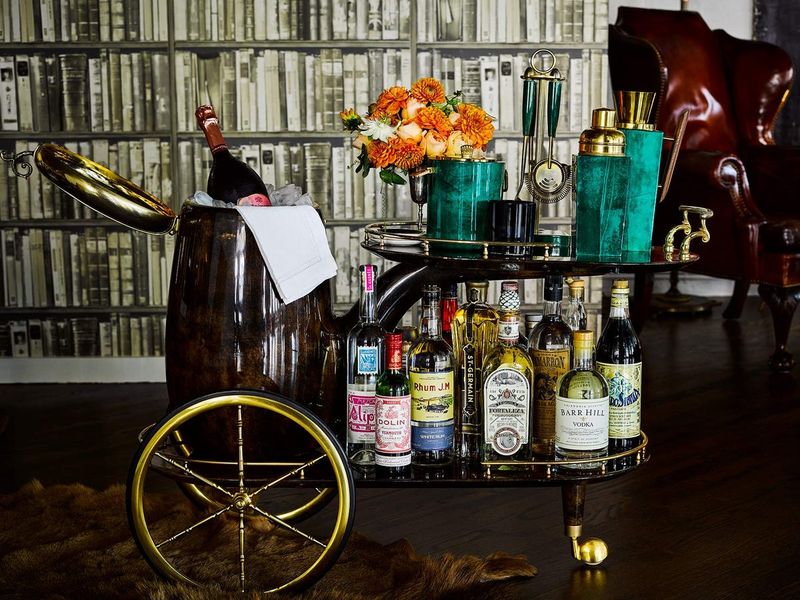
Rolling bar carts stocked with highball glasses and cocktail shakers stood ready for impromptu entertaining. These wheeled wonders represented the sophisticated adult social life celebrated in 50s culture.
The ritual of mixing drinks became performance art, with specialized tools for each cocktail. Ice buckets, swizzle sticks, and monogrammed glasses completed these mobile entertainment stations.
The cart’s arrival in the living room signaled the official start of any grown-up gathering.
18. Ash Trays
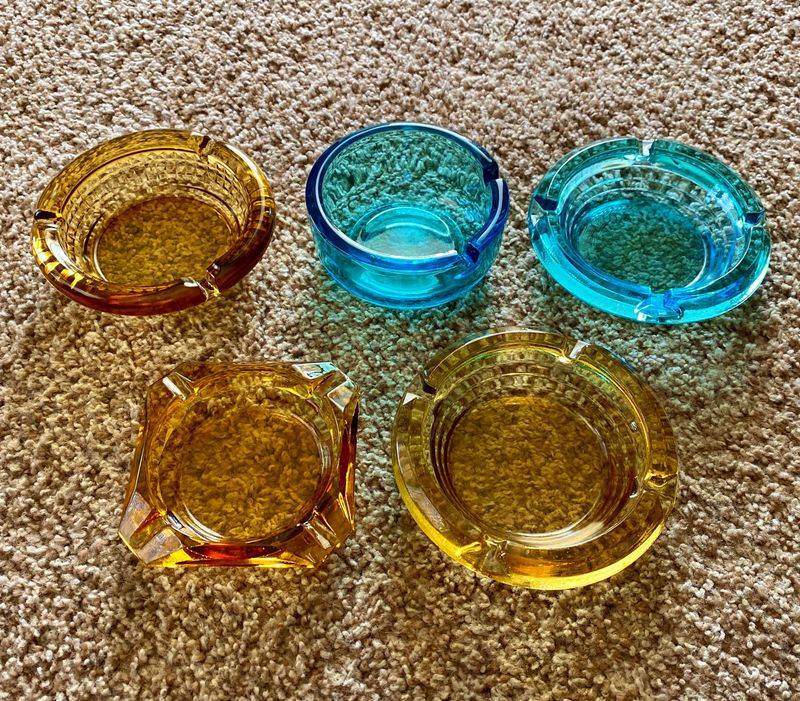
Ashtrays, from simple glass to ornate ceramic, dotted every room in a smoking-friendly era. The “good” crystal one graced the living room, while basic versions served elsewhere.
Often souvenirs or gifts, each held stories of trips or friendships, blending function with sentiment.
19. Vacuum Tube Radio
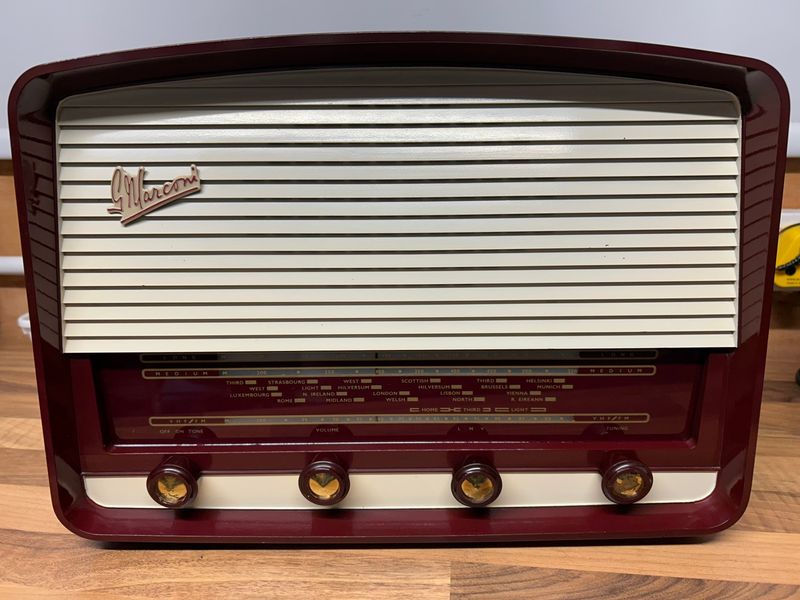
Before transistors took over, these wooden-cased radios with glowing tubes inside delivered music and news to the American family. The warm tubes required time to “heat up” before sound emerged, teaching a generation the virtue of patience.
Our Philco radio was the heart of our living room. I’d lie on the floor directly in front of it every Saturday morning for children’s programs, mesmerized by the amber glow from inside.
The tubes would sometimes burn out dramatically, sending Dad on urgent missions to the hardware store for replacements.
20. Percolator Coffee Pot
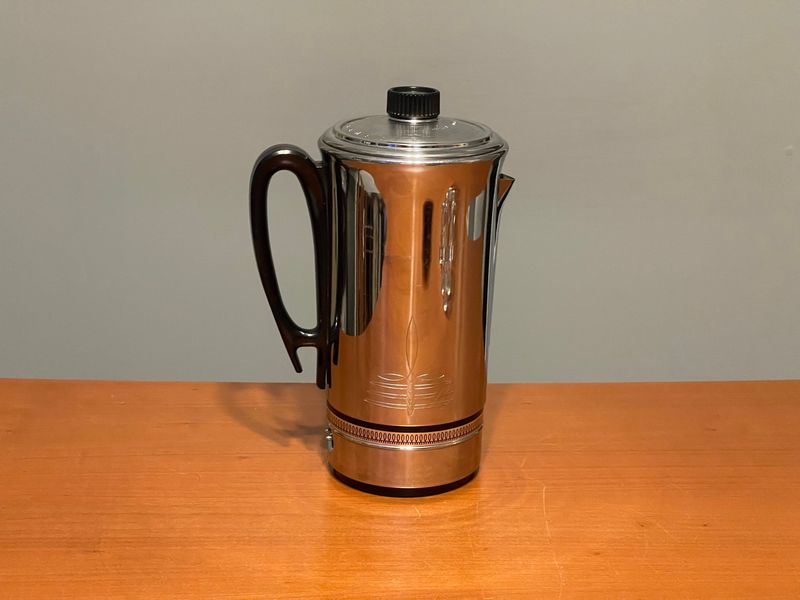
The burbling percolator, stovetop or electric, announced dawn with its aroma. Watching coffee bubble through the glass top was mesmerizing. Dad was mute until his first cup from our aluminum pot.
Weekend brewing felt like a science show, fueling the day’s energy.
21. Atomic Starburst Clocks
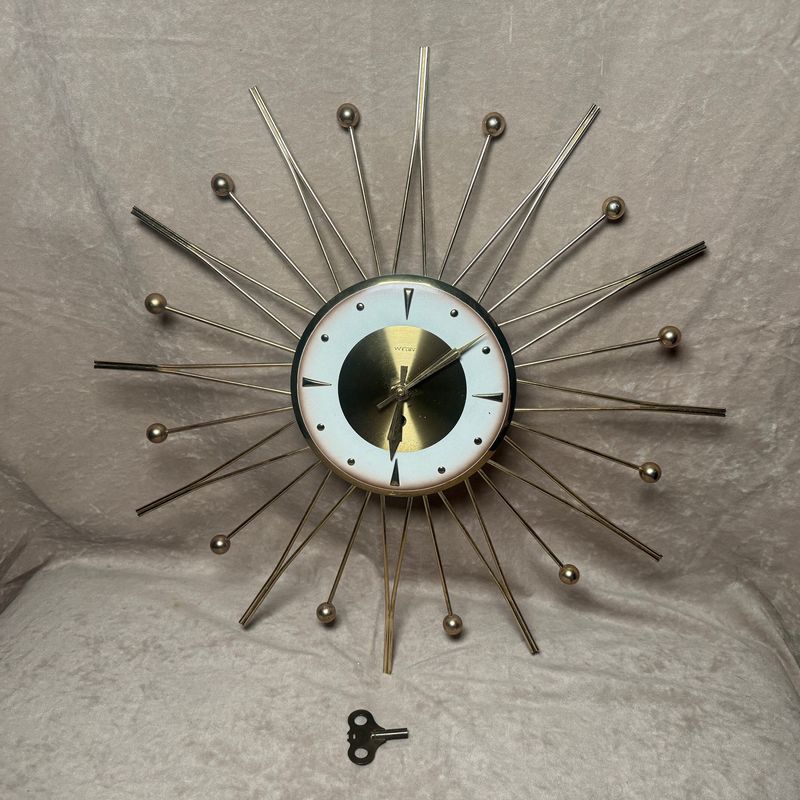
With their spiky rays and mid-century modern aesthetic, these wall clocks embodied the atomic age’s fascination with all things space and science. Their distinctive designs turned timekeeping into home decor.
Metal rays in gold or brass tones radiated from central clock faces, creating solar-inspired timepieces. The gentle ticking sound provided a household heartbeat.
These weren’t just functional items but artistic statements about America’s forward-looking optimism during the space race era.
22. Brownie Camera
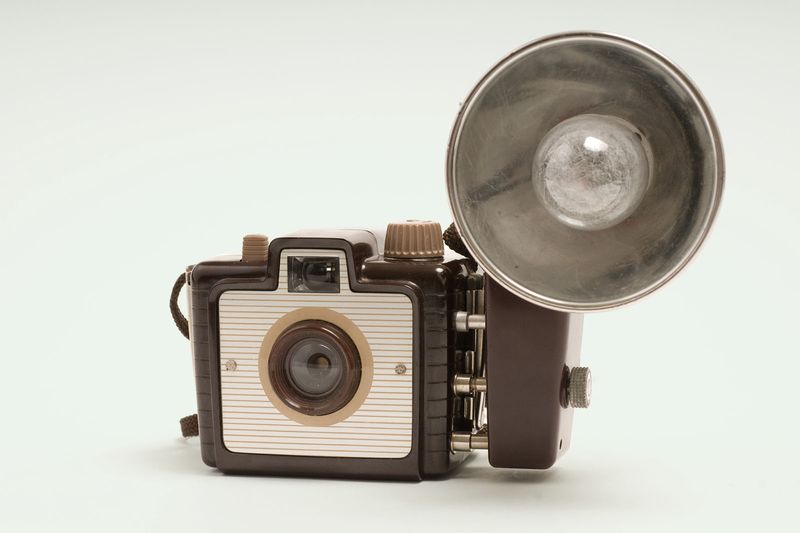
Kodak’s box cameras made photography accessible, capturing life’s milestones. Loading film was Dad’s careful ritual.
Our Brownie recorded every celebration, with the week-long wait for developed photos building excitement that instant digital shots can’t match.
23. Chenille Bedspreads
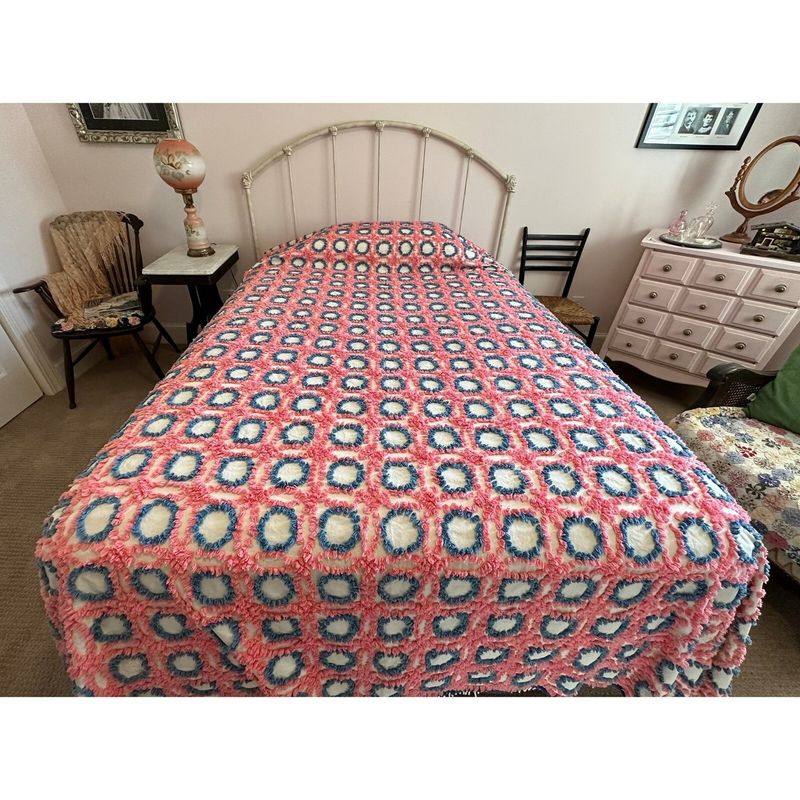
Tufted cotton spreads, often floral or geometric, added texture to bedrooms. White suited master suites, while kids’ rooms glowed with color. The tactile thrill of tracing the tufts lingers in memory.
Washing these heavy spreads meant laundromat treks, a household saga.
24. Polaroid Land Camera
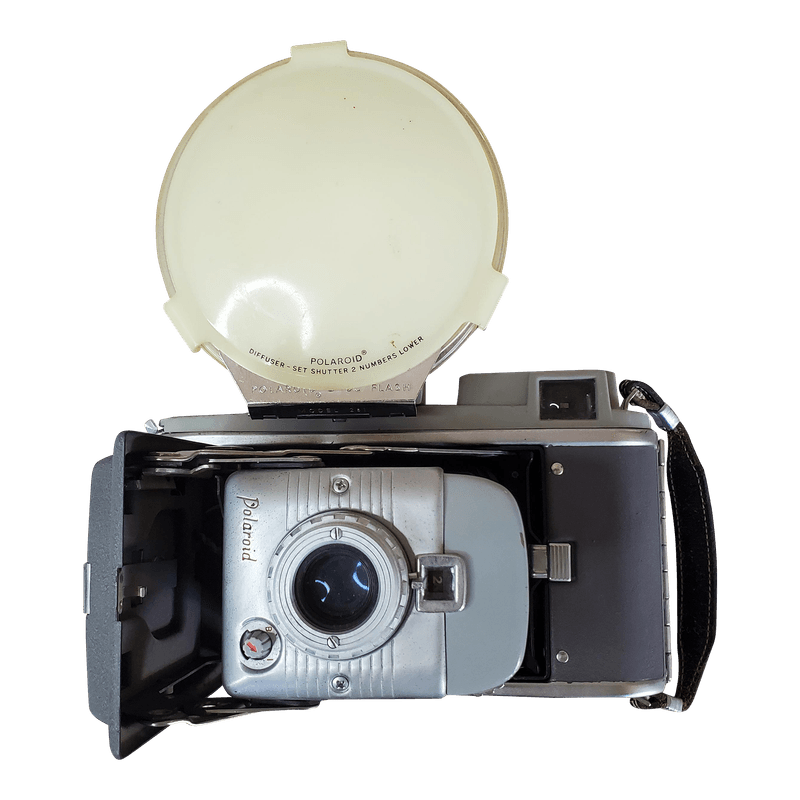
The magic of instant photography captivated families lucky enough to own these innovative cameras. Watching a blank paper transform into a photograph before your eyes seemed like scientific wizardry.
Our neighbor Mr. Johnson was the first on our block to get one in ’58. Neighborhood children would line up in his driveway on Sundays after church, waiting for the chance to see themselves appear like ghosts on the developing paper.
“Stand still and watch the miracle happen,” he’d say as we crowded around, mesmerized by the chemical transformation.
25. Hi-Fi Console

Wooden hi-fi consoles, with turntables and speakers, were entertainment hubs. Operating their knobs took skill, but the rich sound rewarded effort.
Families gathered to share albums, making music a communal joy, unlike today’s often solitary listening.
